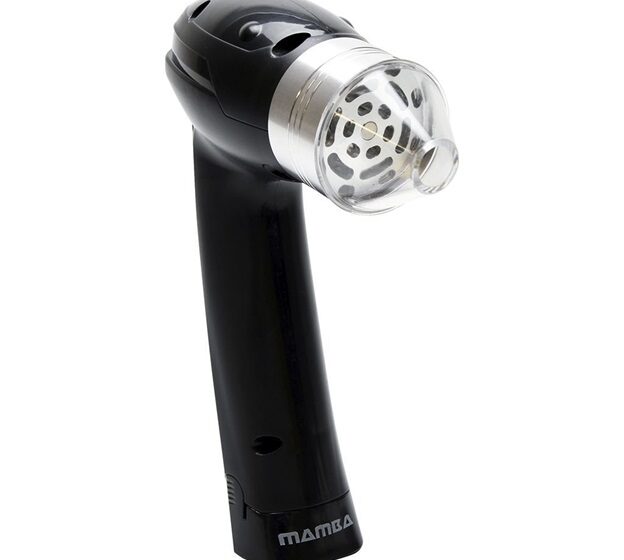Electric Herb Grinders vs Manual Herb Grinders

Why is grinding important?
Can you believe there are still people out their smashing their herb between their fingers and hoping for the best? “Grinding” like this, macerating your valuable product, is a great way to waste your herb and your money. Using a poor quality or old, dull grinder produces effectively the same result. You need a consistent, not too big, not too fine grind to truly release the full flavour profiles, potency, and aroma of your herb. It is important to know what you, as an enthusiast, need in a grinder before you make a purchase. Grinders vary in size, style, functionality, and cost – as well as quality of design and build. We found cheaply manufactured, all-plastic units, and we were able to find aircraft-grade aluminum electric units, designed by engineers.
Different types of grinders
Battery or electric grinders are not a new concept – people have been destroying their herb in electric coffee grinders for as long as they’ve been around. To further explore the history, check out this great article exploring electric dry herb grinders. The desperation for a good grind has led many innovators and designers to try to develop the most effective grinder. Unfortunately, many have come up short by trying to cut costs in important areas (research and development, design, build, and distribution). Manual grinders rely on the user to know when their herb is ground – but are largely made from opaque materials. The user is unable to see their herb and either over or under grind it. The grinders made of translucent materials (such as plastic or resin) are generally of poorer quality and do not grind as well. This handheld electric grinder is a good example of a grinder with high quality parts that dispenses a perfect grind, every time.
Manual grinders make use of two interlocking plates that the user twists to grind the bud against the posts and blades. Typically, the operator cannot see the product being ground, which often results in over or under grinding. Ground too finely, bud can reduce airflow and increase torching. Pieces that are too big do not release their oils and potency as readily. Manual grinders come in a wide range of sizes, from tiny pocket-sized units to larger table-top varieties. We searched high and low for our favourite manual grinder, and most left mush to be desired. We found them to be inconsistent, and several somehow managed to produce both a too-fine and too-bulky grind at the same time.
Electric grinders can be anywhere from electric grinder units that fit easily into a large pocket or small purse, larger units that attach to the end of a drill, or industrial sized grinders for manufacturers/producers who grind large quantities for packaging and distribution. Most electric grinders are preferred by users (of all scales of grinding) for their ease of use, consistent grind (with the right brands), and speed. Some even have cone-shaped dispensing tips that allow you to dispense your herb directly where you want it, with no spillage or contamination. In our testing of electric grinders, we preferred electric grinders that allowed users to toggle between turn directions to break up the herb in a more efficient way. We also liked electric grinders with a capacity of an ounce or larger – most of the manual grinders we found were unable to grind smoothly with that much herb.
While there are a wide variety of manual grinder options available on the market today, the real innovation and quality comes from the electric and battery powered units. Just like a well-made pair of sneakers can be fantastic, when you need to get to the airport, you’ll probably take a car. Why settle for sneakers when you can have an innovative, quality car that gets the job done in 1/20th of the time, doesn’t wear out your body in the process, and consistently gets you where you need to go? The clear winner – at often similar price points – electric grinders are the future, and you’ll never want to go back.